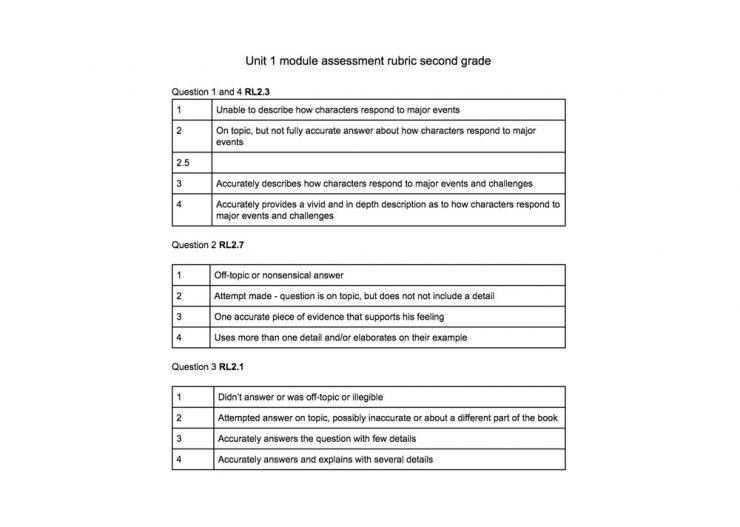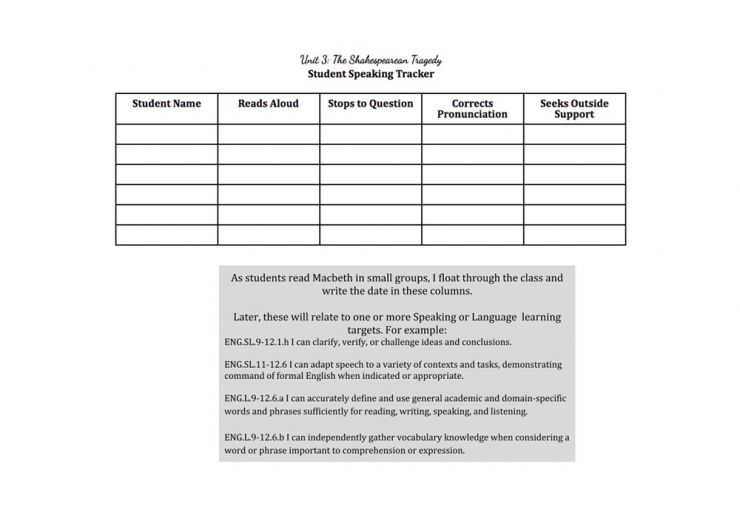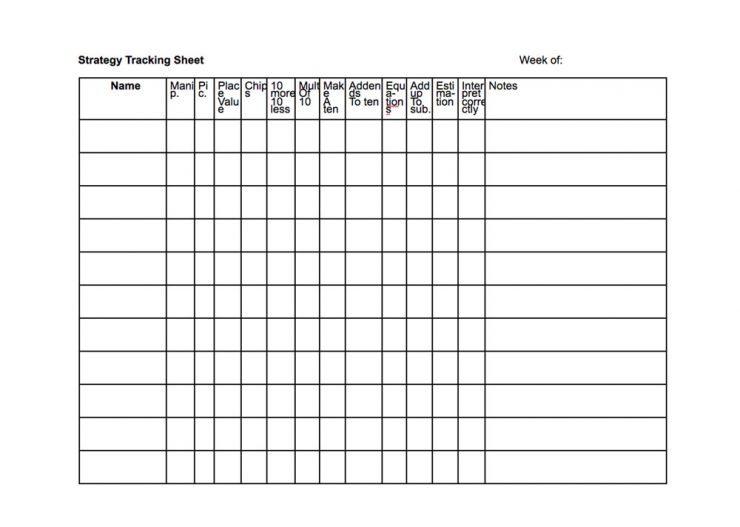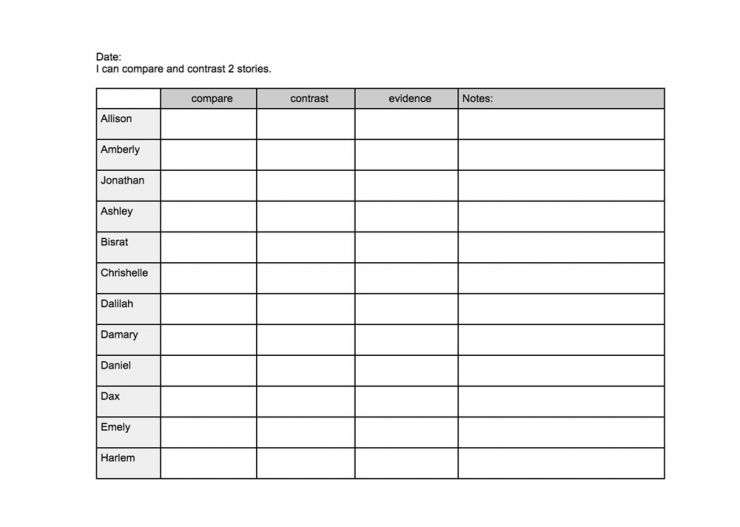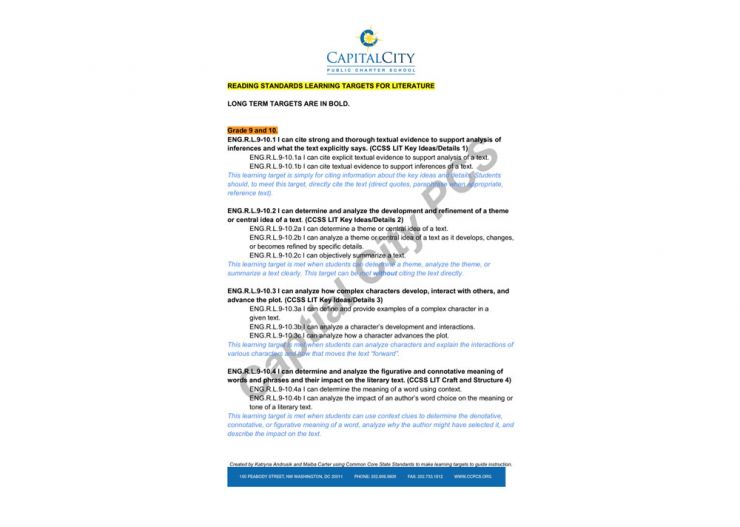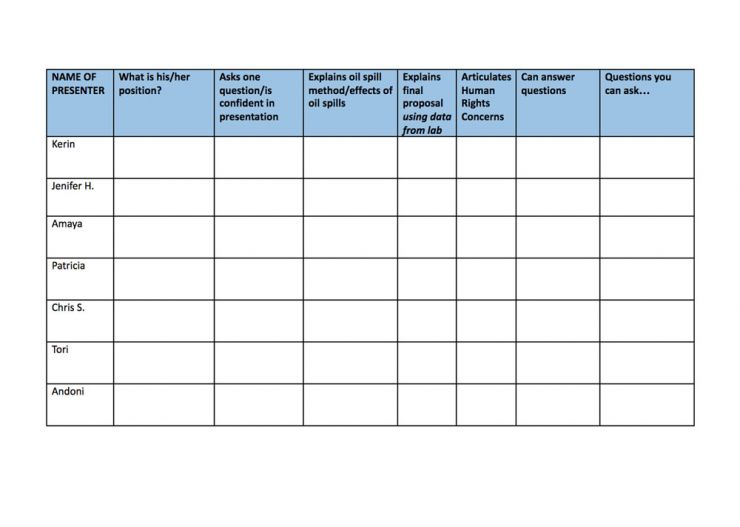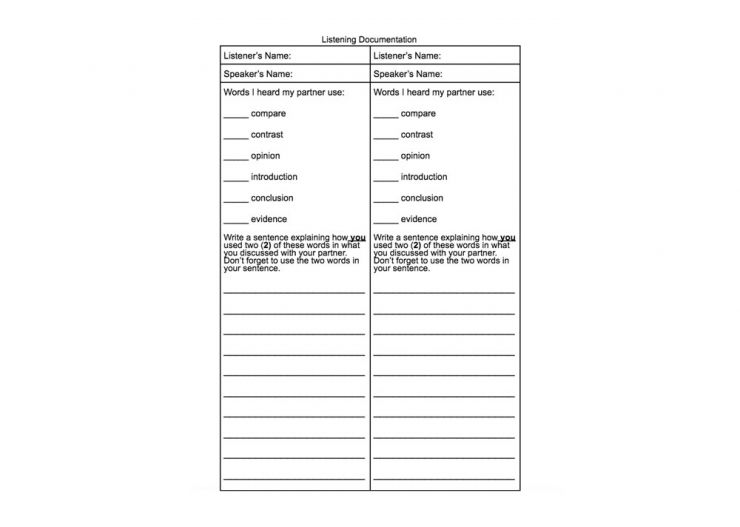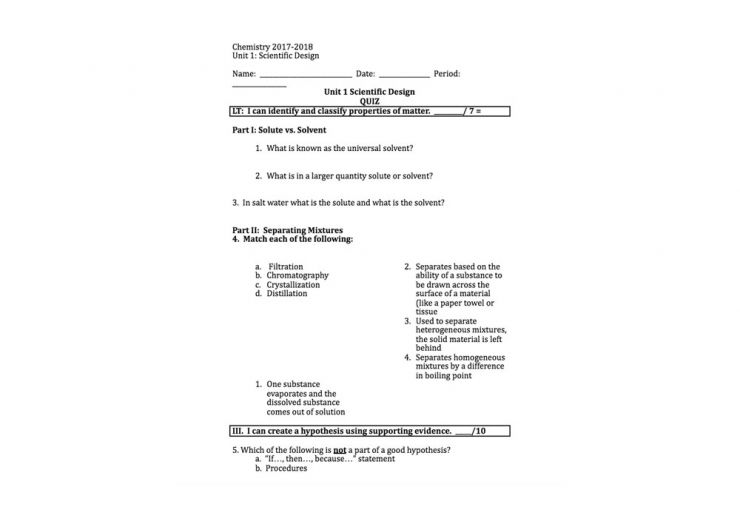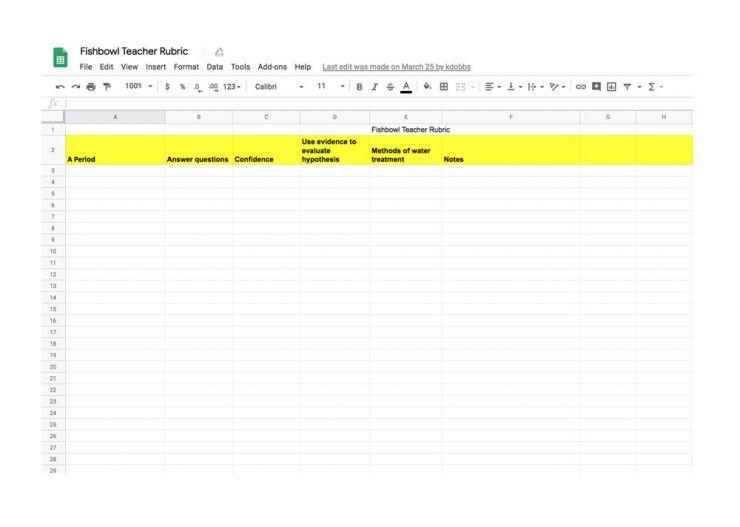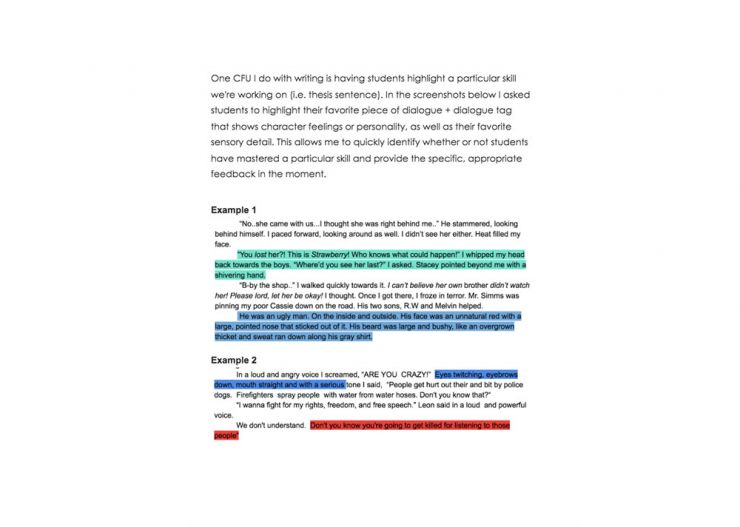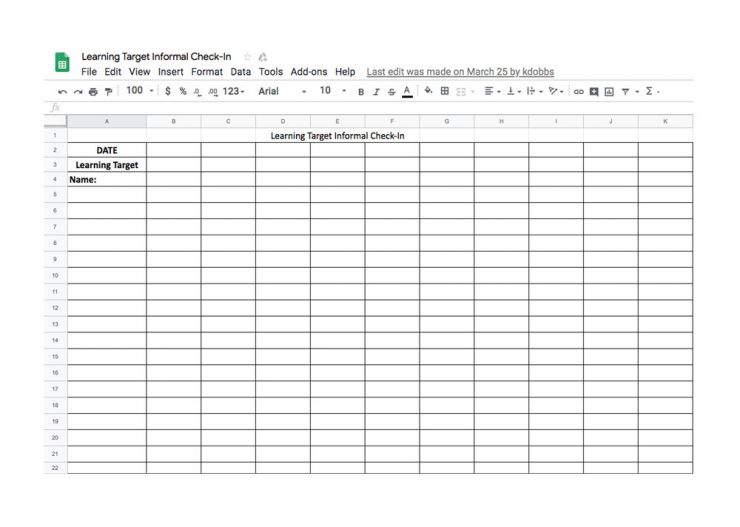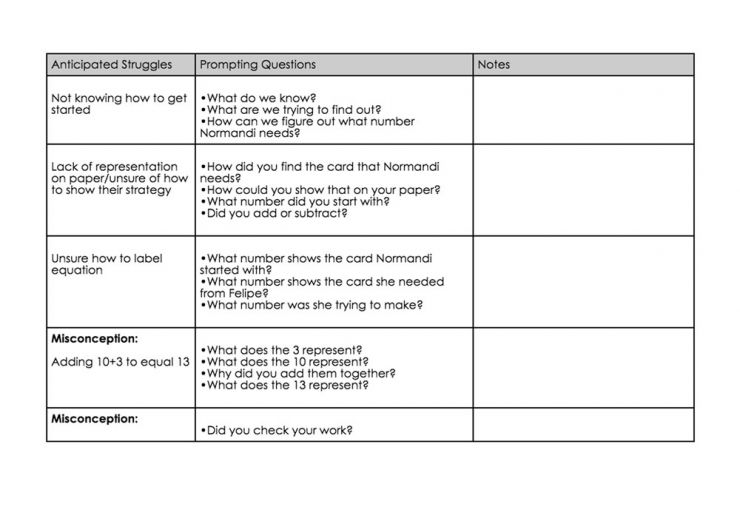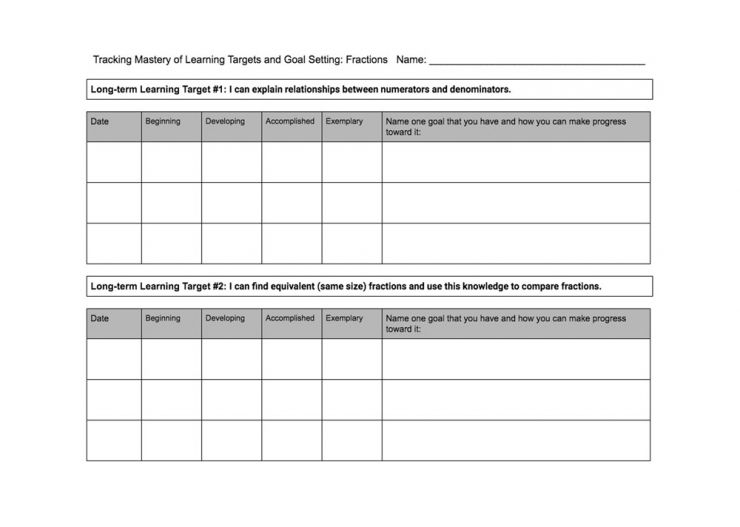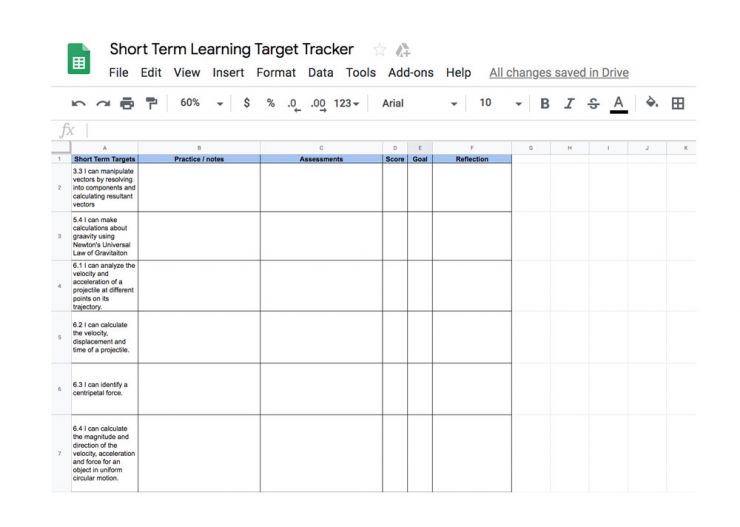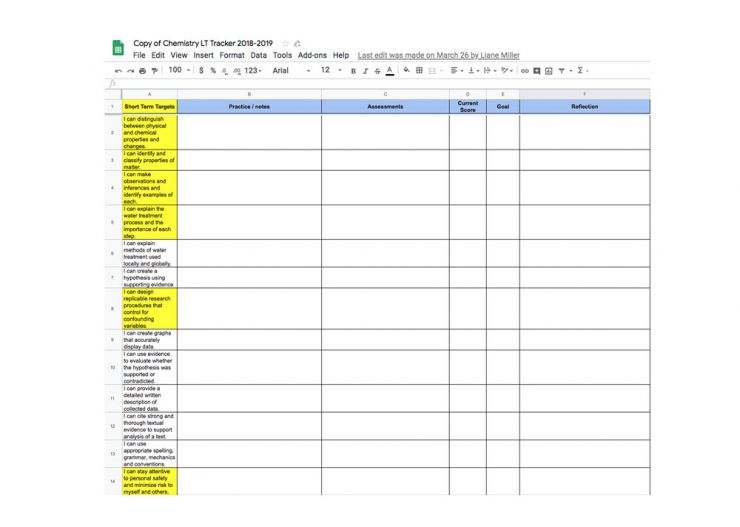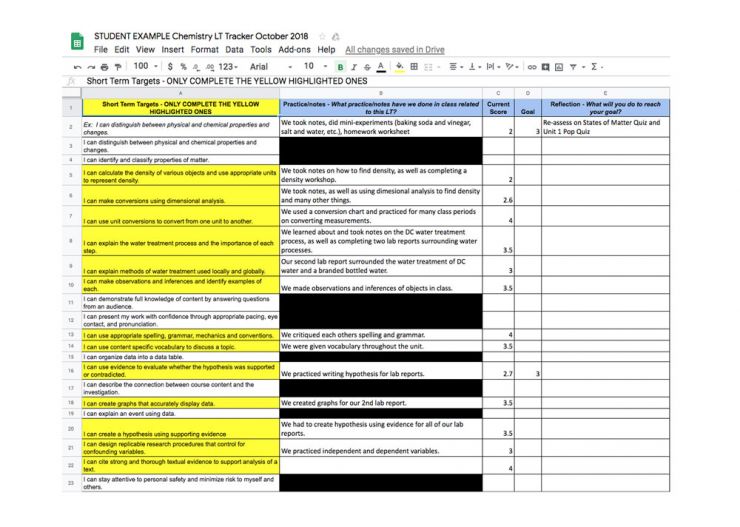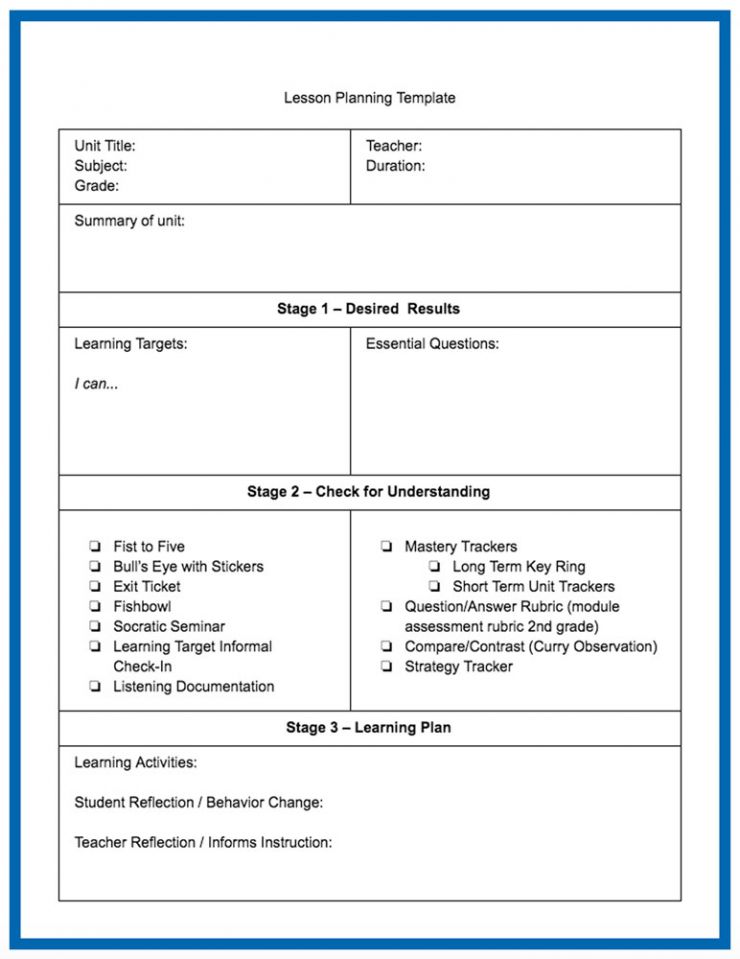View Capital City’s full educator workshop, Checking for Understanding.
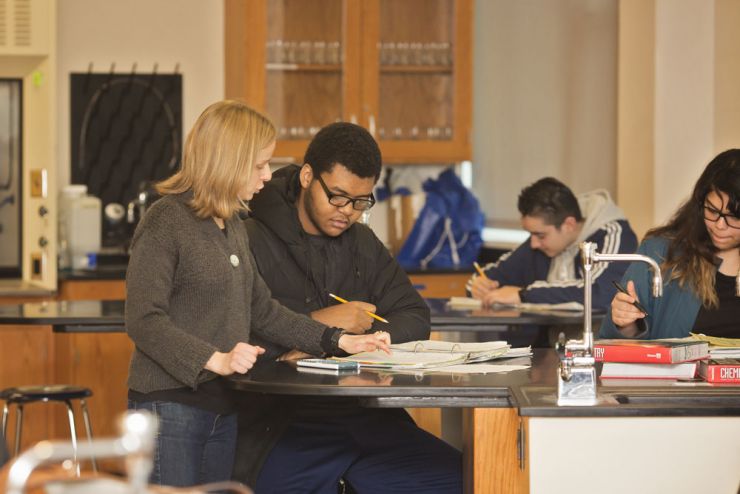
THESE RESOURCES FOCUS ON THE FOLLOWING LEARNING TARGETS:
- I can explain how, when, and why to check for understanding.
- I can begin to plan for implementation of assessment in daily instruction.
Checking for understanding allows teachers to know where students are so they can design and adjust lessons to meet the needs of all students.
Educators plan lessons to ensure students master specific skills and content. However, the reality is that students do not always respond to lessons the way they are intended to be received. It's up to teachers to use various tools to check their understanding and adjust how content is delivered to ensure all students are growing and meeting learning targets.
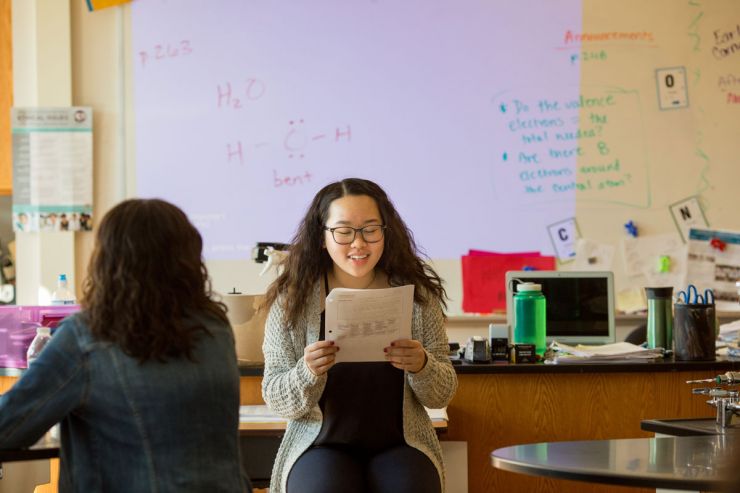
CREATE A CULTURE WHERE STUDENTS FEEL SAFE TO SHARE WHAT THEY KNOW AND WHAT THEY DO NOT KNOW YET
Checking for understanding only works if students feel comfortable being honest about what they know and do not know yet. Educators must create safe and nurturing learning environments to ensure students meet learning targets. Here are some tips to help teachers build positive and productive classrooms:
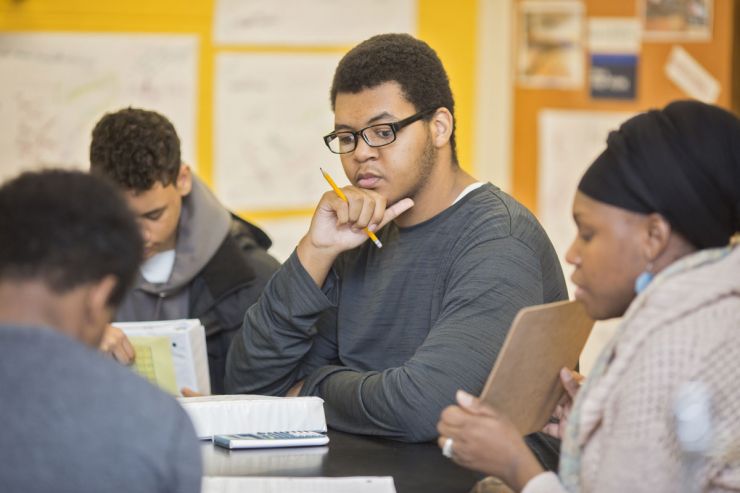
- Admit when you are wrong. It's important to show students that no one knows everything.
- Think aloud. Talk through how you approach a problem or assignment so students can see your thought process. Modeling for students is extremely effective.
- Use check-in protocols. Informal assessments let students know you care about their level of understanding.
- Add other supports. Help students find other ways to get support such as a homework center. Teachers should not be the only resource for students.
- Celebrate learning. Build in time to celebrate students and their growth. Pausing to celebrate learning will help them tackle future challenges.
- Use parking lots. When you cannot stop a lesson, put students questions in a parking lot to incorporate them in a future lesson.
CHECKING FOR UNDERSTANDING EXEMPLARS
The following exemplars show various ways to check for understanding with students across PreK-12th grade. Use this note catcher as you explore these resources and examples.
Educators should include checks for understanding directly in their lesson plans. View the Lesson Planning Template for suggestions on how to build this into instruction.

